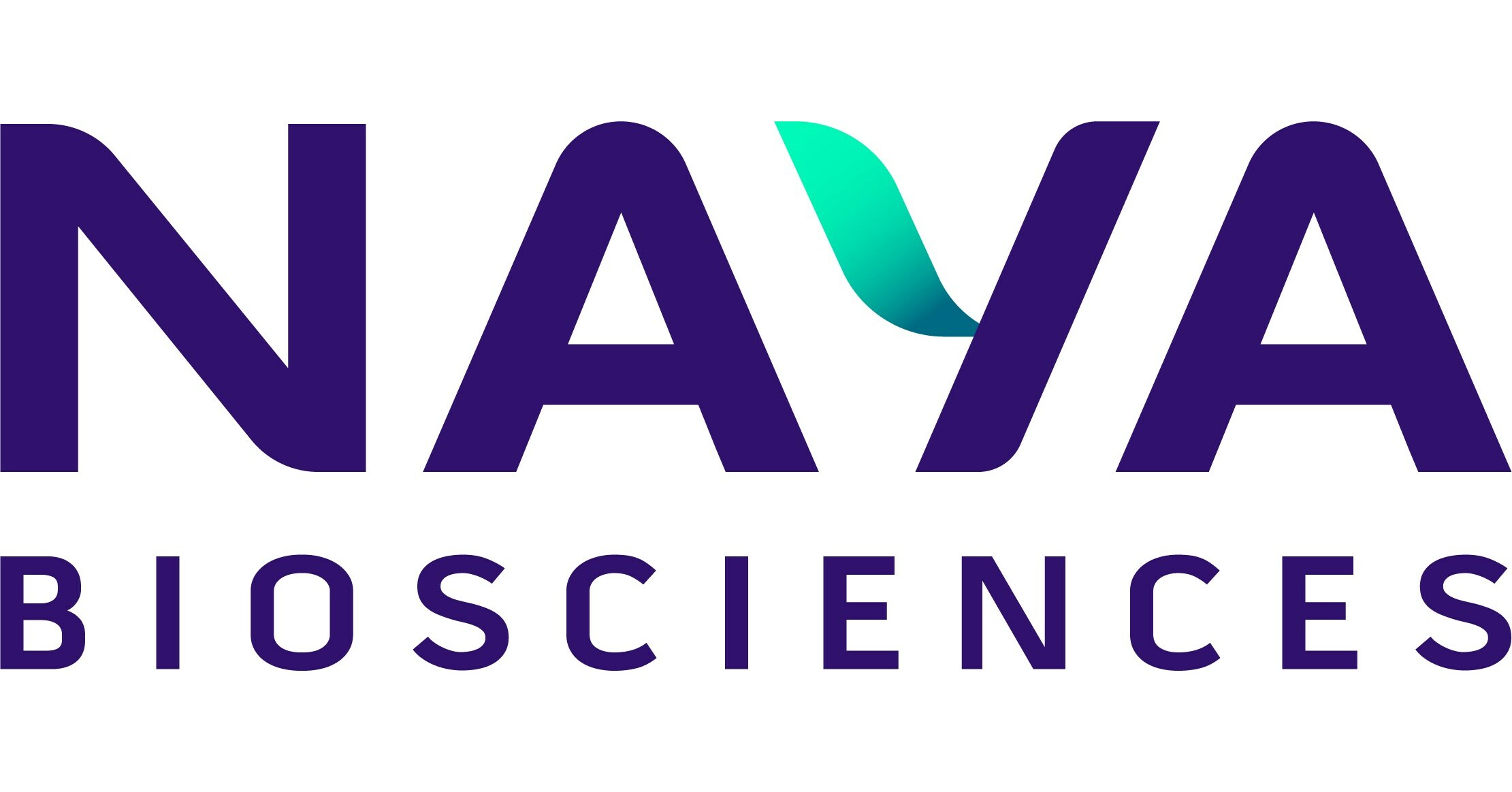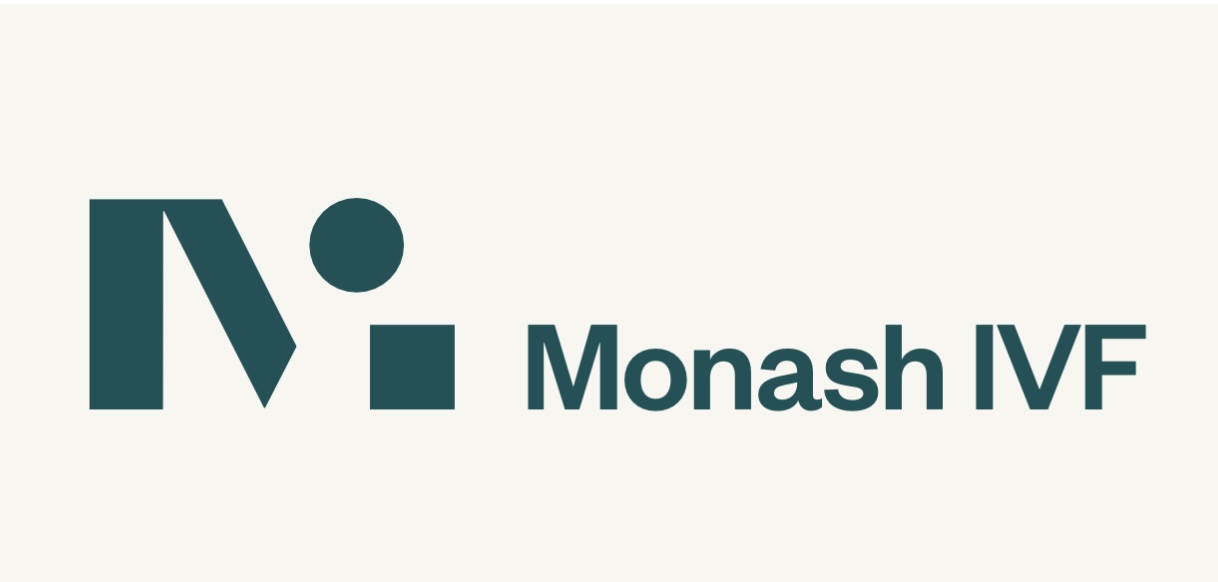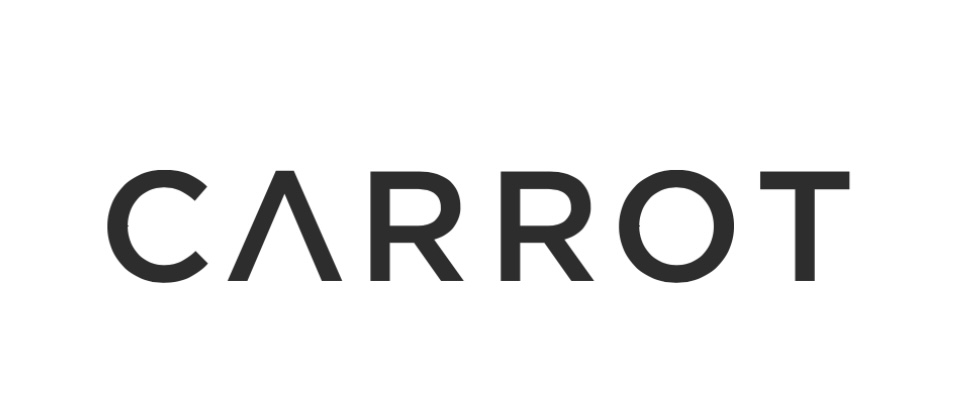Breast Pain in Menopause: Why It Happens and How to Manage It
Menopause comes with a long list of symptoms—hot flashes, night sweats, mood swings, you name it. But one symptom that doesn’t get enough attention? Breast pain. Yes, even though menopause signals the end of your monthly cycle, it doesn’t mean your breasts get a free pass.
For many women, breast pain during menopause can be confusing, frustrating, and downright uncomfortable. So let’s break it down: why does it happen, when should you be concerned, and what can you do to ease the discomfort?
What Causes Breast Pain During Menopause?
Breast pain, also called mastalgia, can occur for several reasons during menopause. While it’s more common during perimenopause (the transition phase leading up to menopause), some women continue to experience it post-menopause.
Here are the main culprits:
1. Hormonal Fluctuations
During perimenopause, your estrogen and progesterone levels are all over the place—one day high, the next day low. These hormonal shifts can cause tenderness, swelling, or aching in your breasts.
Even in post-menopause, when hormone levels stabilize, the lower levels of estrogen can cause changes in breast tissue that lead to discomfort.
2. Changes in Breast Tissue
As estrogen levels drop, your breast tissue becomes less dense and more fatty. This natural change can cause a different kind of breast pain, often described as soreness or a dull ache.
3. Lifestyle Factors
Your habits can also play a role in breast pain. For instance:
• Caffeine: Too much coffee or tea can increase breast tenderness.
• Diet: High-fat diets and processed foods can contribute to inflammation.
• Stress: Stress increases cortisol levels, which can indirectly affect breast tissue.
4. Medications
Certain medications, including hormone replacement therapy (HRT), can cause breast pain as a side effect. If you’re taking HRT to manage menopause symptoms, your doctor may adjust your dose to reduce discomfort.
Types of Breast Pain in Menopause
Not all breast pain is the same, and understanding the type you’re experiencing can help pinpoint the cause and the best course of action.
1. Cyclical Breast Pain
This is the kind of pain many women experience during their menstrual cycles—tender, swollen breasts that come and go with hormonal changes. During perimenopause, you might notice this type of pain as your cycles become irregular.
2. Non-Cyclical Breast Pain
Non-cyclical pain is not tied to your menstrual cycle and is more common in post-menopausal women. It may feel like a sharp, burning sensation or a constant ache.
3. Chest Wall Pain
Sometimes, what feels like breast pain is actually pain in the chest wall, muscles, or ribs underneath the breast. This type of pain can be caused by injury, inflammation, or even posture.
When Should You Be Concerned About Breast Pain?
Breast pain during menopause is usually not a cause for alarm. However, it’s essential to stay vigilant and know when to seek medical advice.
Red Flags to Watch For:
• Lumps or Thickened Tissue: While most breast pain isn’t related to cancer, any new lump should be checked by a doctor.
• Nipple Discharge: Especially if it’s bloody or occurs without squeezing.
• Localized Pain: Persistent pain in one area of the breast that doesn’t go away.
• Changes in Appearance: Skin dimpling, redness, or changes in breast size or shape.
If you notice any of these symptoms, schedule a visit with your healthcare provider for further evaluation.
How to Relieve Breast Pain During Menopause
The good news? There are plenty of ways to manage and reduce breast pain, whether it’s mild or more severe.
1. Wear a Supportive Bra
The right bra can make a world of difference. Look for bras with:
• Proper support (no underwires digging into your skin).
• Wide straps for even weight distribution.
• A good fit (get measured if you’re unsure!).
Sports bras can also provide extra comfort, especially during exercise.
2. Adjust Your Diet
What you eat can have a significant impact on breast pain:
• Cut back on caffeine: Studies suggest reducing coffee, tea, and chocolate can help decrease tenderness.
• Reduce salt intake: Less sodium means less water retention, which can reduce swelling.
• Focus on anti-inflammatory foods: Incorporate more fruits, vegetables, whole grains, and omega-3 fatty acids (found in salmon, walnuts, and flaxseeds).
3. Apply Hot or Cold Packs
A warm compress can help relax breast tissue and reduce soreness, while a cold pack can numb pain and reduce swelling. Experiment with both to see which works best for you.
4. Stay Active
Regular exercise improves circulation, reduces inflammation, and helps maintain a healthy weight—all of which can ease breast pain. Try low-impact activities like walking, swimming, or yoga.
5. Manage Stress
High stress levels can make breast pain worse. Try stress-reducing techniques like:
• Meditation or deep breathing.
• Gentle yoga or stretching.
• Spending time outdoors.
6. Try Over-the-Counter Pain Relievers
If the pain is particularly bothersome, nonsteroidal anti-inflammatory drugs (NSAIDs) like ibuprofen or acetaminophen can help.
7. Consider Natural Remedies
Some women find relief with natural remedies, including:
• Evening Primrose Oil: Contains gamma-linolenic acid (GLA), which may help reduce breast pain.
• Vitamin E: May alleviate tenderness in some women.
• Flaxseed: Contains phytoestrogens that may help balance hormones.
Always talk to your doctor before starting supplements, especially if you’re taking other medications.
Hormone Replacement Therapy (HRT) and Breast Pain
If you’re using HRT to manage menopause symptoms, you might notice breast pain as a side effect. This is usually due to the estrogen component of HRT, which can cause breast tissue to swell.
What to Do:
• Talk to Your Doctor: They might adjust your dose or switch you to a different type of HRT.
• Give It Time: Breast pain caused by HRT often improves after a few months as your body adjusts.
FAQs About Breast Pain in Menopause
1. Is breast pain normal during menopause?
Yes, breast pain is a common symptom during perimenopause and sometimes post-menopause. It’s usually linked to hormonal changes and is rarely a sign of something serious.
2. Can menopause cause breast lumps?
Hormonal changes can lead to the formation of benign lumps, like cysts or fibroadenomas. However, any new lump should be evaluated by a doctor.
3. Will breast pain go away after menopause?
For most women, breast pain decreases after menopause as hormone levels stabilize. However, some women may continue to experience non-cyclical breast pain.
The Bottom Line
Breast pain during menopause can be annoying, but it’s usually nothing to worry about. Hormonal fluctuations, changes in breast tissue, and lifestyle factors all play a role in this common symptom.
If the pain is mild, simple lifestyle tweaks like wearing a supportive bra, adjusting your diet, and managing stress can make a big difference. For more severe or persistent pain, consult your doctor to rule out any underlying issues and explore treatment options.
Menopause might be a wild ride, but with the right tools and knowledge, you can navigate it like a pro!
One reply on “Breast Pain in Menopause: Why It Happens and How to Manage It”
Leave a Reply
You must be logged in to post a comment.












[…] hot flashes are classic—but they’re just one piece. Common symptoms […]